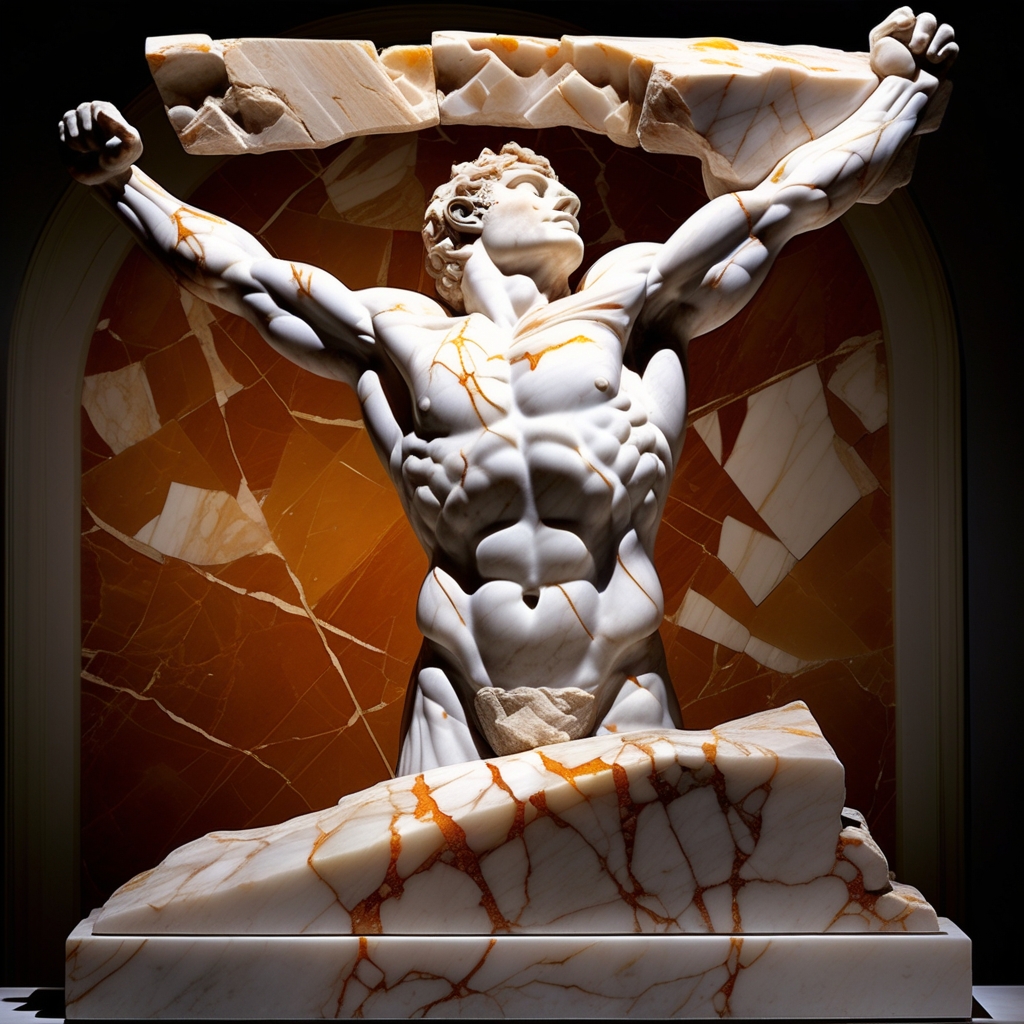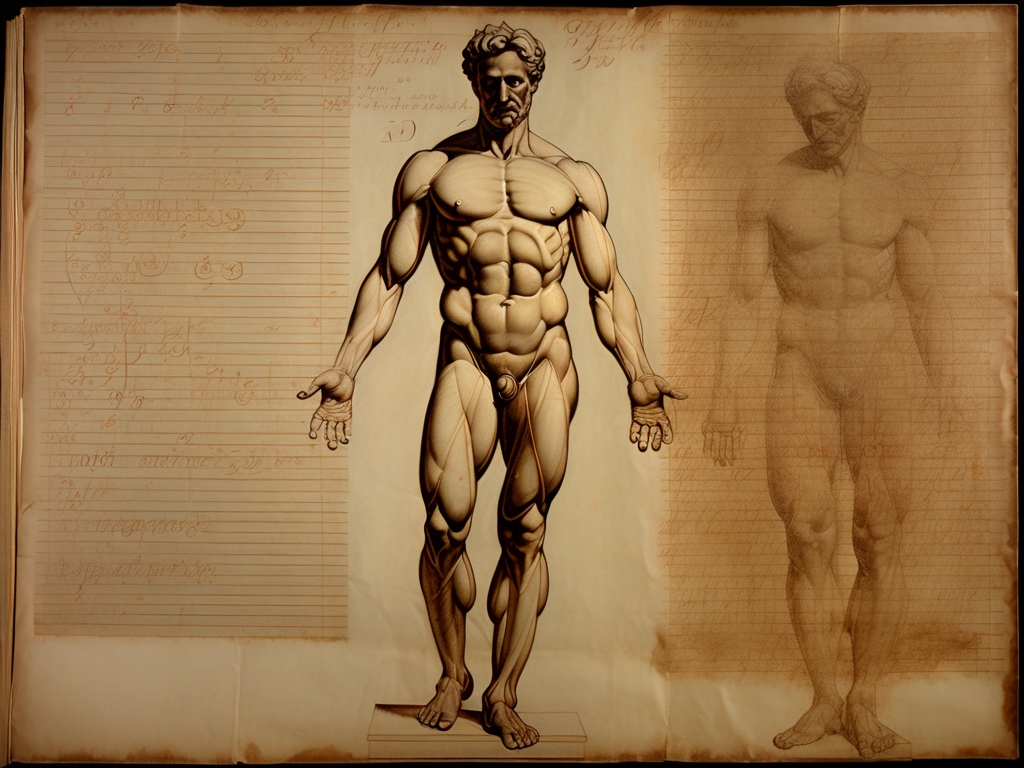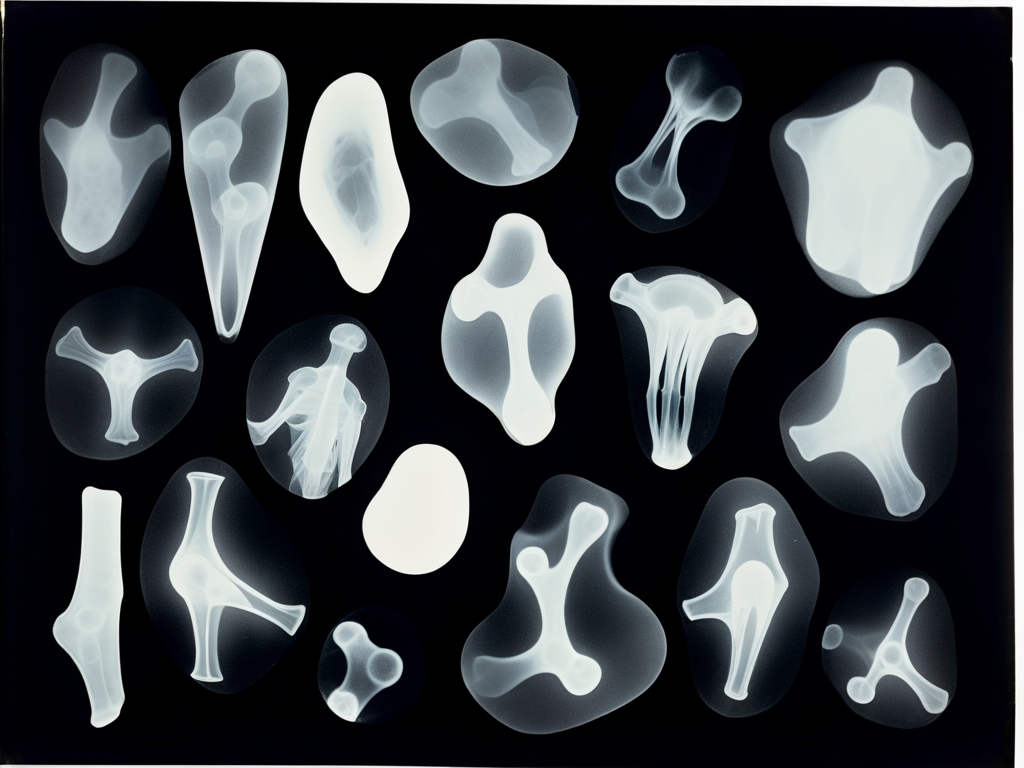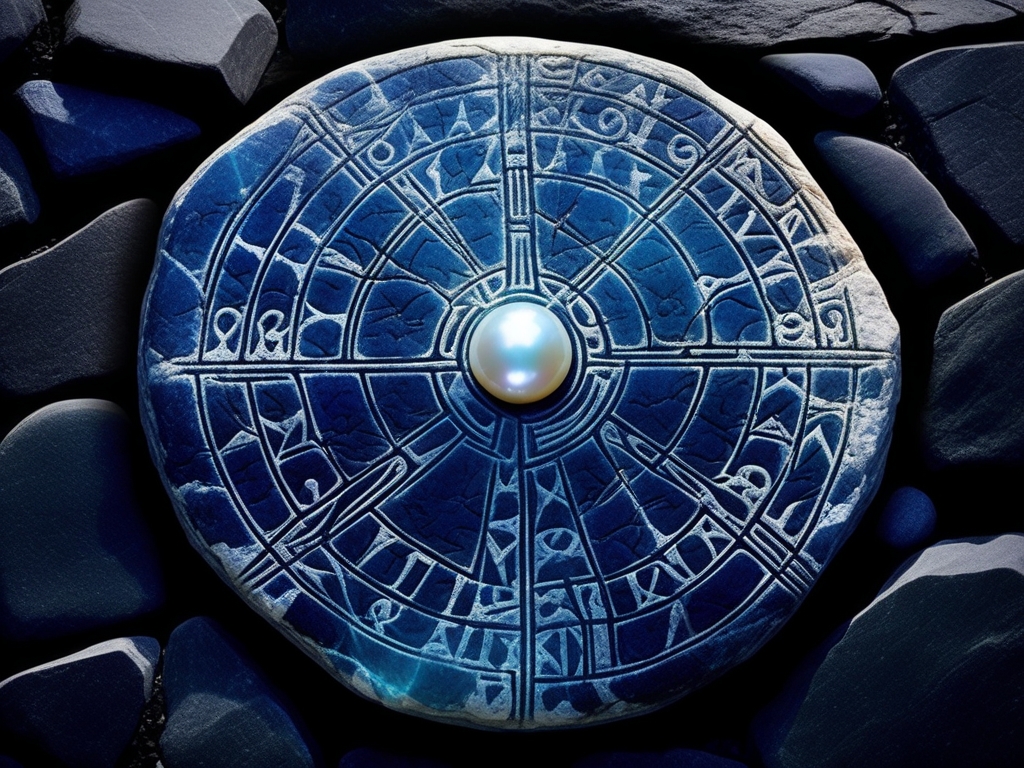The Astralux Fragment

The marble gleams beneath the gallery’s amber illumination, its flawless polish interrupted by deliberate fractures, veins of russet threading through the surface like cosmic scars. Visitors halt their steps before this commanding figure—a muscular torso hewn from rough, shattered stone, arms extended skyward and outward in a desperate grasp for unseen celestial realms; the head tilts upward, caught in an expression poised somewhere between rapture and defiance.
“The Astralux Fragment” defies the conventions of Romantic sculpture. Unlike Canova’s smooth celebration of earthly beauty, this piece speaks of cosmic transcendence through fragmentation and raw power. The carved musculature resists familiar anatomy or serene grace—instead it evokes stellar cartography; veins and fissures crisscross the radiant marble as if constellations scorched upon flesh pulsing with an inner light.
In 1847, Captain Isadora Thorne commissioned this enigmatic work following her return from naval records’ euphemistic “extended Arctic reconnaissance.” Whispers spread about her transformation—how she spoke of ice that sang and auroras conveying messages in tongues older than memory itself.
Sculptor Cornelius Vex, notorious for avant-garde reinventions of classic form, embraced the commission with rare zeal. In his charge were cryptic sketches—geometric symbols birthed from dreams and astral coordinates absent from any known chart.
"The marble holds echoes of journeys beyond our dimensional understanding." Dr. Evangeline Morse, Xenoarchaeologist
The creation unfolded under obsessive secrecy. Assistants recalled eerie phenomena: marble dust glowing faintly in darkness, tools inexplicably warming to touch. The captain visited daily; eyes gleaming with otherworldly intensity as she guided each chisel stroke toward a concealed revelation.
Upon completion emerged an impossible moment: as Vex struck away the final fragmented slab freeing the figure’s raised right arm, both artist and patron vanished without a trace. Witnesses sensed harmonious vibrations filling the air; some swore they glimpsed subtle movement within the marble—as though it breathed.
Marks borne by the sculpture attest to that supernatural climax. Once whole but now deliberately severed—the missing fragments seemingly transmuted into pure energy dissolving beyond space’s horizon. Scorch rings at its base hint at fierce heat despite marble’s coolness.
Investigations unearthed Thorne’s ship logs filled with erratic entries describing “stellar highways” and “songs between worlds.” Her last notation read simply: “The marble remembers what flesh forgets. The voyage continues in stone.” Neither she nor Vex were ever seen again.
In 1923, Ravensfield acquisitions specialist Maximilian Crowthorne discovered this fragment amid Vex’s abandoned workshop. Local authorities—perplexed by previous disappearances—readily ceded ownership to our institution haunted by its uncanny presence.
Contemporary visitors report strange sensations before the Astralux Fragment—visions of vast starships weaving intricate geometries fill their dreams; whispered coordinates in unknown tongues echo in their minds. Some claim warmth emanates beneath their gaze—as if Captain Thorne’s cosmic destiny still smolders within these crystalline veins, awaiting another soul daring enough to heed infinity’s call.




